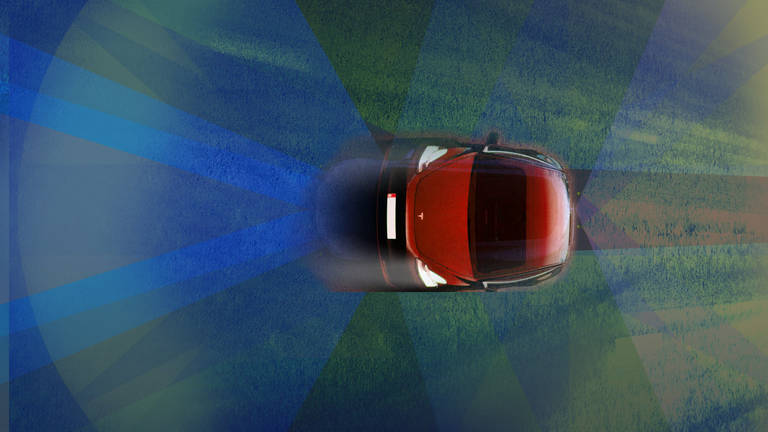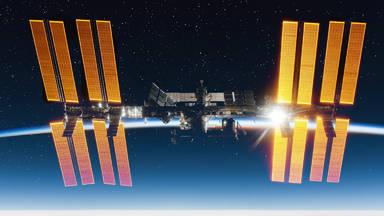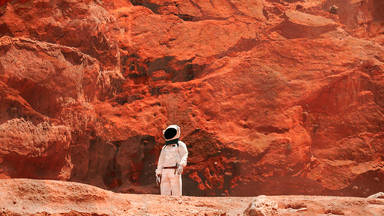
In contrast to all the other car manufacturers and technology companies, Tesla operated self-driving software completely through computer vision which is an approach where Tesla uses different radars and cameras in order to detect and read the multitude of different signs and signals on the road.
When us humans drive a vehicle, we use our visual cortex in order to spot what type of object we're looking at. With Tesla's computer vision technology, they use what's called Neural Networks, which is a set of code that can determine what a stop sign is, despite different variations, lighting angles, and color decay.
On the other hand, almost every other company in the race for self-driving is attempting to use LIDAR, which stands for Light Detection And Ranging. Essentially, what lidar does is shoot lasers in every possible direction and return data on how far away the nearest surface is.
These tools are both expensive and unnatural. After all, as human drivers, we rely solely on our vision in order to drive safely. The different signs and signals on the road are built for humans to see it not lasers. Elon Musk has once said that anyone who uses LIDAR is doomed, Lidar is is a fool's errand. Let's go into depth as to why this statement may be true or false.
First, we're gonna start with the shortcomings of lidar. Clearly, many companies have already built LIDAR-powered vehicles, but the issue is that these companies are not able to solve certain shortcomings of lidar technology, and it is likely that they ever will, or at least it will take far longer than Tesla to solve these problems.
LIDAR only works in ideal environments.
One of the biggest advantages of Tesla is that its computer vision approach is adoptable to different environments. In this approach, all the information needed for decision-making comes just from the camera feed. Of course, having to make every decision based on a camera-vision alone is a bit of a harder problem, But once you get the system to work, it can also deploy up to the millions of cars globally.
Unlike the computer vision approach, vehicles that use LIDAR have to rely on high-definition 3d maps. Every time a company like Waymo releases a demo displaying their technology, it is usually in a place where there are ideal conditions. For example, there is heavy reliance on GPS maps, and the vehicle has already driven on the route with the real driver. Sometimes there are items attached the traffic lights so that the vehicle can react to those. However, in a real-world scenario, it is simply just impossible to have an ideal condition every time. For example, if a construction crew did a road change, and the GPS map is not updated, then the vehicle may go into an accident.
Lidar fails to determine what an object actually is.
It is only able to find out about the sizes and shapes of the nearby objects through its laser shootings. However, it fails to determine what those objects actually are, which can be incredibly troublesome. If a plastic bag was approaching a vehicle powered by lidar, the vehicle may assume that the plastic bag may be a hazard and will slam on the brakes. On the other hand, Tesla has plenty of data on the different angles and Lightings of plastic bags and can determine that the plastic bag is harmless.
Lidar is far too expensive.
Despite google bringing down the lidar instruments production price, Lidar technology is still far too expensive for customers to prefer the technology over Tesla's. The full self-driving option of Tesla currently costs $7,000 whereas Google's lidar instruments, which we can't forget are designed the profit, would cost an estimated $15,000 dollars if brought into production. Because of these shortcomings with LIDAR, we're constantly seeing automakers attempt to release their technology in geo-fenced areas.
The former CEO of Ford, Jim Hackett, spoke for the company by stating that they overestimated the arrival of autonomous vehicles. Lidar's applications will be narrow, because the problem is too complex for it. Overall, the LIDAR technology isn't horrible. In fact, even Elon Musk used LIDAR technology in SpaceX for docking spaceships. The problem with Lidar is that it just doesn't work for autonomous vehicles.









